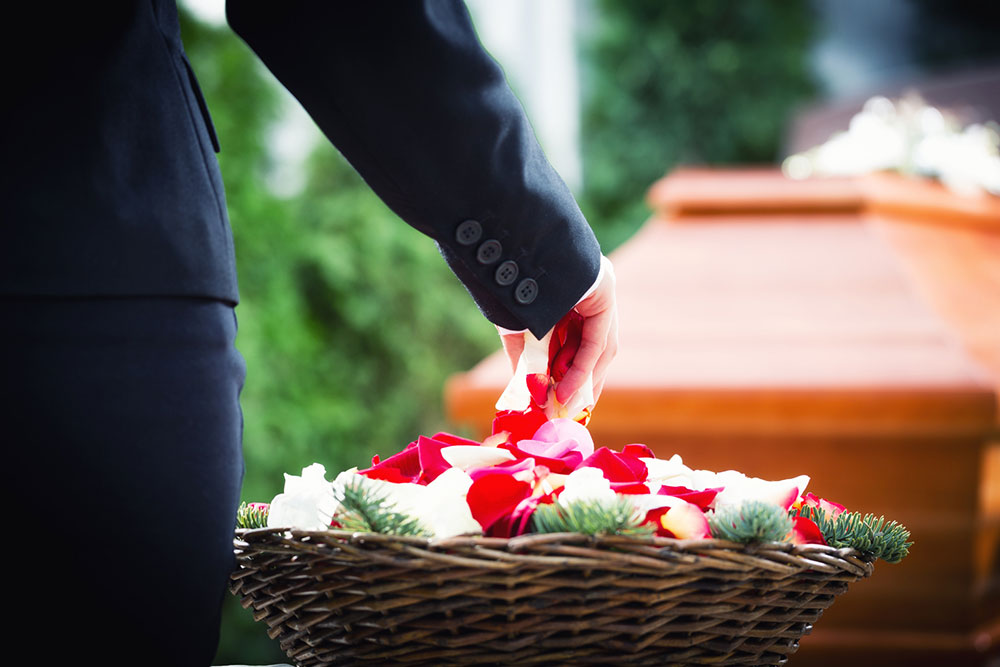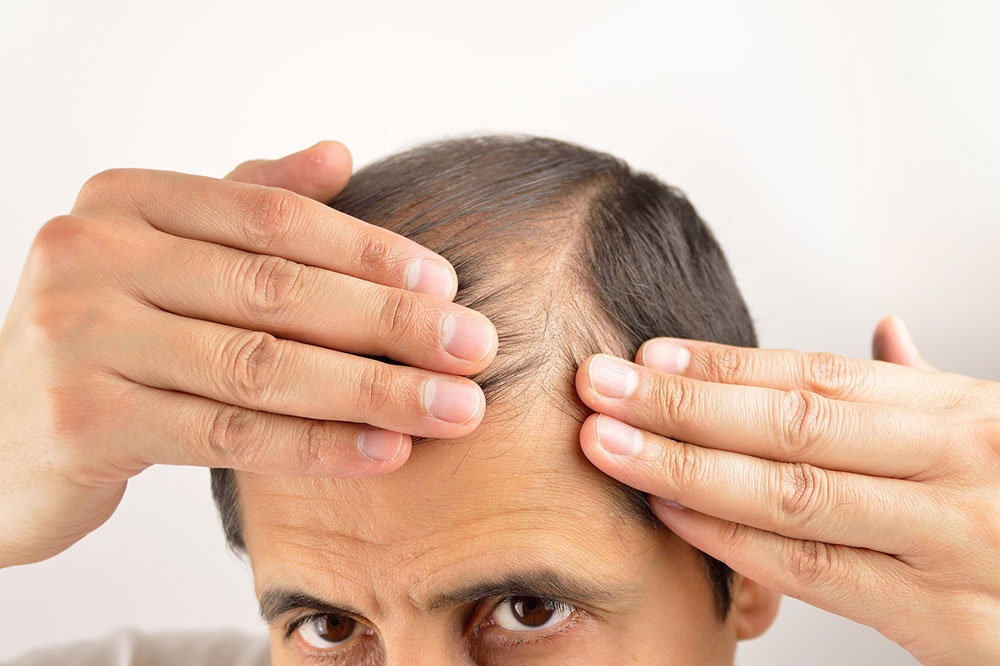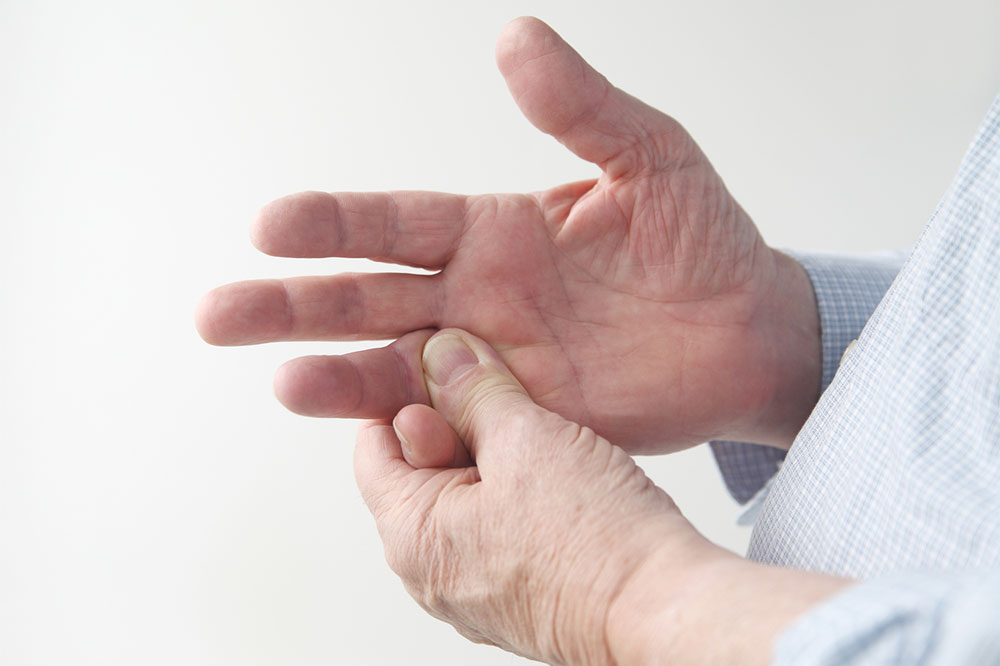10 things not to do at a funeral

Due to the grief, pain, and loss that surrounds the death of a loved one, the incident and the proceedings after are rarely spoken about. However, this lack of knowledge could lead to people engaging in rude behavior, especially during funerals and memorial ceremonies. This could lead to a fair amount of hurt, upset, and embarrassment. To help avoid this situation, here are 10 things to not do at a funeral:
Laugh out of turn
There’s no telling what one may find funny, even in serious situations such as funerals or memorial services. However, laughing is generally considered rude in these instances, save during some speeches or eulogies. If one finds something humorous during a ceremony, stepping out to compose oneself may be a good idea.
Arrive late
It is always advisable to show up 15 minutes before the scheduled start time. This leaves space for one to be seated comfortably before the family starts walking down the aisle. If one shows up late, it is better to make a discreet entrance and sit on one of the side pews.
Take pictures without permission
Taking any pictures of the memorial service without the express permission of the family may be seen as a sign of great disrespect. It is recommended to avoid this entirely.
Be on the phone
Many people forget to put their phones on silent before walking into a funeral service. This could end up being an uncomfortable or even embarrassing scenario if the phone begins to ring. It is advisable to shut the phone, put it on silent, or leave it at home before the service.
Wear “loud” clothes
Each funerary service is different, but it is a good rule of thumb to wear something respectful and appropriate. Avoid wearing loud or shiny colors, bold prints, and short clothes unless explicitly stated otherwise. If there are religious practices in place for such situations, follow those. For those who are unsure about what to wear, it may be a good idea to call the funeral home and ask for the general tone and attire of the service.
Make distracting noises
Don’t make any distracting noises during a ceremony or service. This may include chewing gum loudly, picking at one’s clothes, or simply being on one’s phone.
Slip out the back
It is always a good idea to stay until the end of the ceremony and pay one’s respects to loved ones in mourning. Slipping out the back during a service may be perceived as a sign of disrespect.
Post on social media
Many people feel the urge to post about their day and takeaways on social media, but funerals are hardly the place to do so. If one does not have the express permission of the family, it is best to avoid talking about the day on social media entirely.
Make negative comments about the deceased person
While this one is obvious, many people end up making this mistake. Even if one may not have had the best relationship with the deceased person, it is advisable to avoid saying anything negative about them.
Tell people how to grieve
Grief is an extremely personal process. Avoid making statements like “time heals all wounds” or “they are in a better place now” – these can come off as dismissive and negative. Instead, let people work on their grief and their wounds at their own pace.







